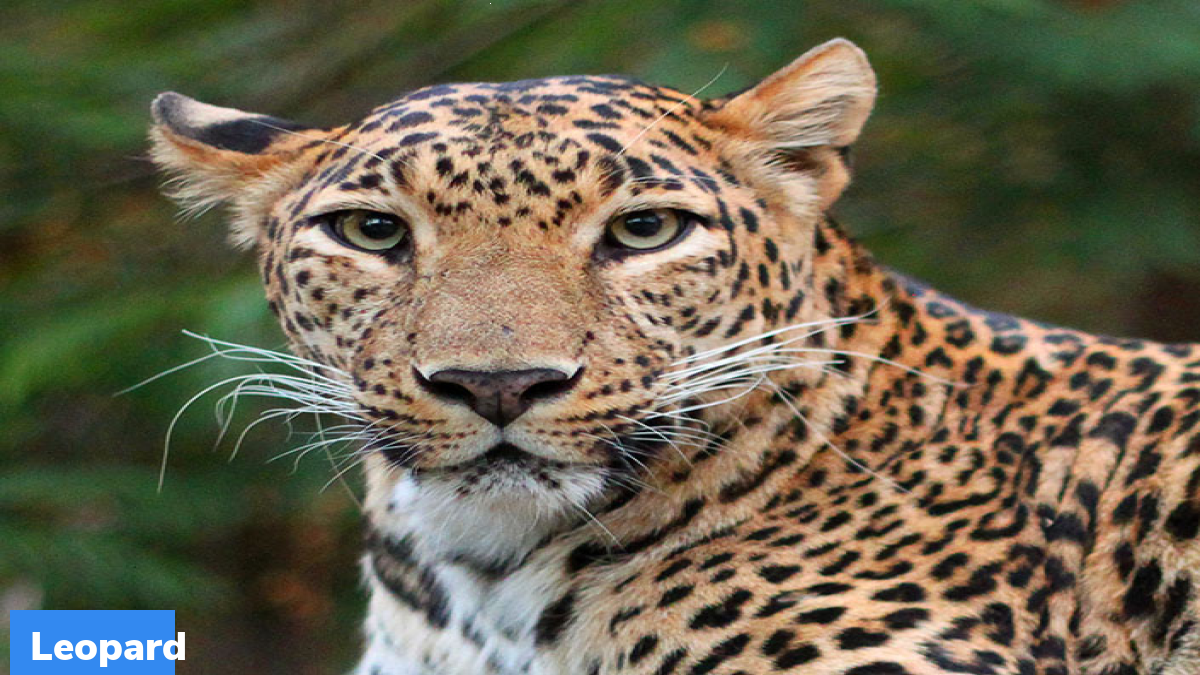Zambia’s Kafue National Park (KNP)
Zambia’s Kafue National Park (KNP) is witnessing a remarkable resurgence in its lion and leopard populations, according to a recent report by Panthera, a global wild cat conservation organization, and its partners. After decades of poaching, the efforts to protect these majestic big cats are yielding positive results.
Leopard Densities Triple in Southern KNP
The report reveals that leopard densities in southern KNP have increased threefold. In 2019, there were approximately 1.5 leopards per 100 square kilometers, and by 2022, the number rose to about 4.4 leopards per 100 square kilometers. This significant rise indicates the positive impact of conservation measures.
Employment of Conservation Technologies
Counter-poaching operations played a crucial role in the park’s transformation. The use of innovative conservation technologies such as SMART (Spatial Monitoring and Reporting Tool) and EarthRanger enabled rangers to conduct efficient surveillance over wide areas. By analyzing data rapidly, they stayed ahead of poachers. Additionally, African vultures were outfitted with satellite tags, functioning as early warning systems. This pioneering approach helped detect illegal activities like poisoning, safeguarding both vultures and carnivores.
Effective Law Enforcement and Prosecution
The joint efforts of Zambia’s Department of National Parks and Wildlife (DNPW), Panthera, the North Carolina Zoo, and multiple partners resulted in successful law enforcement activities. Patrolling teams covered extensive distances, amounting to 211,000 kilometers in 2021. Their vigilance led to an impressive 322 apprehensions. The Wildlife Crime Prevention (WCP) unit’s support facilitated an 85% conviction rate for offenses related to lion or leopard parts. Offenders faced custodial sentences averaging 5.1 years, sending a strong message against poaching.
Transition to Synthetic ‘Heritage Furs’
The conservation efforts extended beyond wildlife protection to address the demand for animal skins. The report highlights the distribution of synthetic ‘Heritage Furs’ as a viable alternative to authentic leopard and lion skins. This shift in consumer choices promotes the preservation of these magnificent species and their habitats.
Cost-Effective Conservation
Remarkably, the conservation endeavors in Kafue have achieved significant results at a relatively low cost. The law enforcement activities, implemented from 2018 to mid-2022, reduced the annual expenditure to $211 per square kilometer during the peak year. This stands in stark contrast to the typical reference range of $1,000-2,000 per square kilometer for unfenced wildlife protection efforts.
Kafue’s Role in the Kavango Zambezi Transfrontier Conservation Area
Kafue National Park is an integral part of the Kavango Zambezi Transfrontier Conservation Area (KAZA), the largest terrestrial conservation landscape worldwide. Encompassing five countries (Angola, Botswana, Namibia, Zambia, and Zimbabwe) and 36 protected areas, spanning approximately 520,000 square kilometers, KAZA plays a crucial role in preserving biodiversity.
Month: Current Affairs - June, 2023


